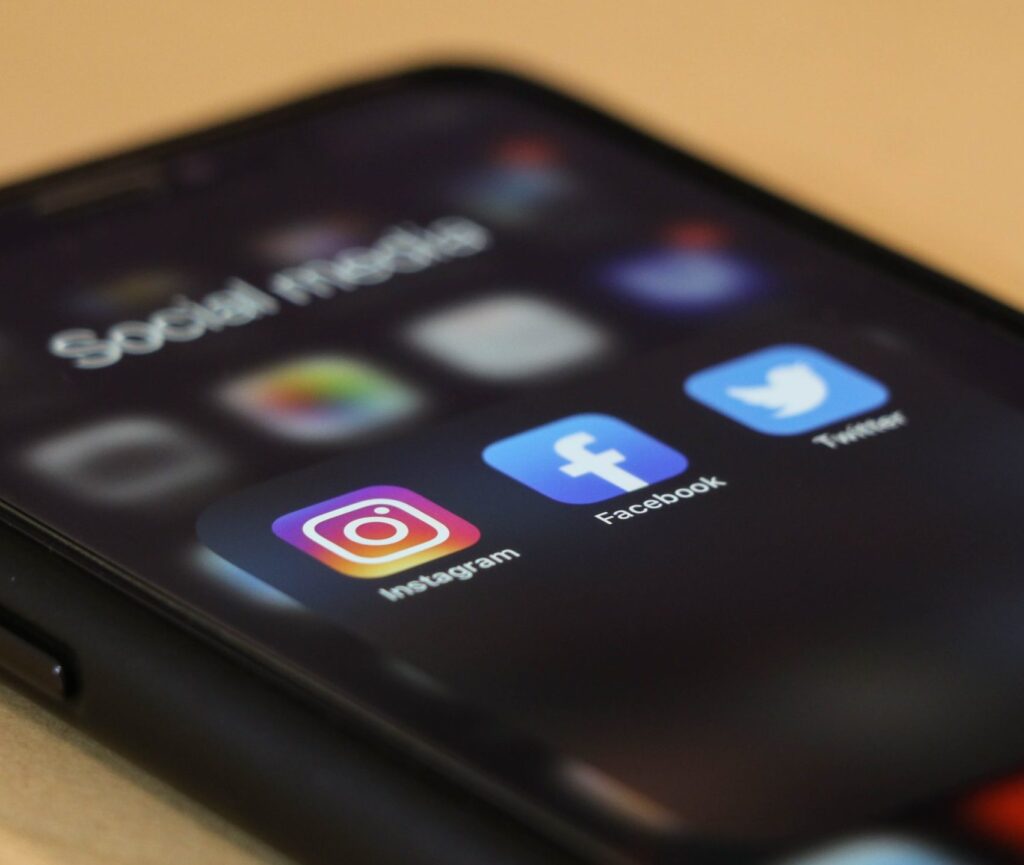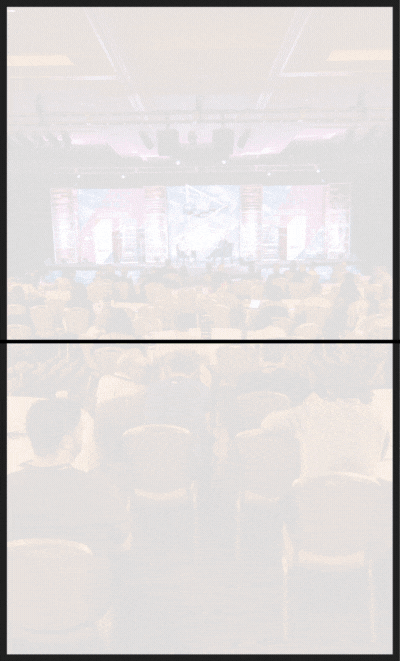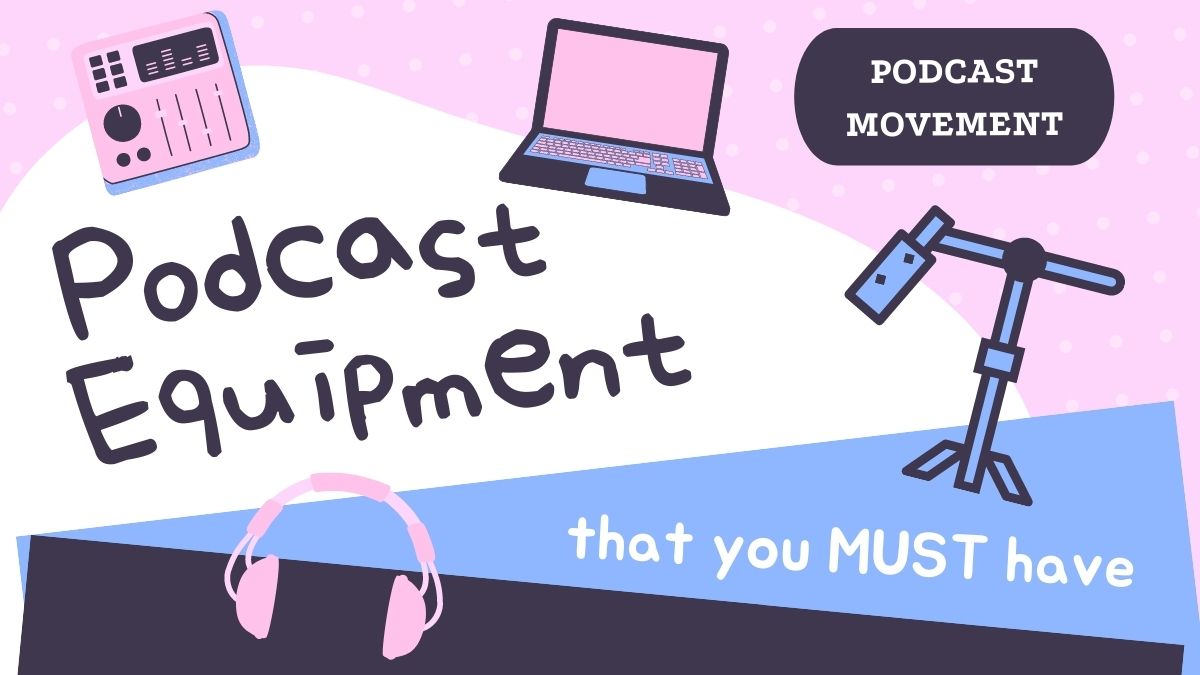We are on the brink of social change throughout the world. Protests and uprisings supporting movements like Black Lives Matter are becoming commonplace in our day-to-day lives. At the same time, there is another social movement being waged — but not in the streets.

Digital accessibility (also commonly referred to as web accessibility) is currently a hot topic in the tech scene. Rightfully so, as 25% of U.S. adults live with a disability according to CDC research, but it’s not yet well-known across the board. The push toward digital accessibility largely exists online, and we’re on the precipice of the movement going mainstream.
According to the World Wide Web Consortium Web Accessibility Initiative (W3 WAI), “Web accessibility means that websites, tools, and technologies are designed and developed so that people with disabilities can use them. More specifically, people can perceive, understand, navigate, and interact with the Web and contribute to the Web.”
The W3 WAI established the Web Content Accessibility Guidelines (WCAG) in 1999 to outline what changes needed to be made for websites, and now apps, to be considered compliant and accessible for those with disabilities.

What does all of this have to do with podcasts?
While podcasts are a form of audio media, they are accessible solely by way of digital technology — whether through an app, streaming via inline web player, or embedded in a site. It’s our duty as podcasters — and as people — to ensure that we’re creating the best experience possible for our audience. Our entire audience.
It’s our duty as podcasters — and as people — to ensure that we’re creating the best experience possible for our audience.
Making your podcast as accessible as possible will not require extreme adjustments to your routine, and it will create a much better experience for listeners. Here’s how.

Steps to making your podcast accessible
1. Podcast Artwork
Let’s start from the ground up. You publish artwork with every episode to promote and maybe even give playful previews of your show. Depending on the colors, fonts, and element sizes in your artwork, it may be difficult to perceive by a person with disabilities.
The WCAG have a set of criterion specifically revolving around color contrast of images and text. Here’s a summary:
- Large text has a minimum contrast ratio of 3:1.
- Text on a color background or image background must observe a contrast ratio of 4.5:1 at minimum.
There are exceptions: purely decorative elements and logotypes have no required contrast ratio.
This might feel very technical, but there are free tools online to check contrast ratio like Polypane’s color contrast checker and the OSS image color checker. Using these tools is an easy way to ensure your text meets the minimum contrast ratio.

Note: One could argue that the text on podcast art is considered a logotype, thus making it an exception to the contrast guidelines. While that might be a loophole of sorts, the goal is to make it accessible, not game the system.
2. Transcripts
This is one of the most well-known and most important accessibility criteria. If you do not transcribe your podcasts, your content is inaccessible to individuals with hearing impairments and certain cognitive disabilities.

With quality transcripts, audience members learning your language will be able to follow along and enjoy your content. Plus, transcripts can help improve your SEO and discoverability in search engines, so it’s a win-win.
With quality transcripts, audience members learning your language will be able to follow along and enjoy your content.
There are many options available to transcribe your podcasts. You can do it yourself using an AI software like Otter.ai or Temi, or pay for human-generated transcriptions with services such as Rev. All are viable options, and the one you select will depend on your personal bandwidth and budget.
Once you have your time-stamped transcript, you can make it available in a corresponding blog and link to that in your podcast show notes. If you publish podcasts on YouTube or any other video hosting service, enable your transcripts there as well.
Note: though not required by WCAG guidelines, podcast players like Omny Studio have a synchronized transcript feature which displays the text in time with the audio content. I believe having a synchronized transcript in addition to a plain text version goes above and beyond and ensures a great user experience.
3. Website
This will probably be the biggest lift for most creators. Having an accessible website is at the core of the digital accessibility movement and the reason the WCAG was founded. There are dozens of individual criteria—many requiring expertise in accessible design and coding—but there are still a handful of requirements that you can address with very little (and even no) knowledge of coding. W3 WAI provides a list of preliminary accessibility checks you can perform such as reviewing:
- Page Titles
- Alt Text
- Headings
- Contrast Ratio
- Captions
- And more
If you’re unsure of where to start or you don’t feel comfortable digging into the technical side yourself, there are many accessibility services out there to utilize, ranging from JavaScript widgets (AudioEye) to managed services (AudioEye, Accessibility Shield), and even full-service accessible web design shops.
4. Social Media
When sharing or promoting an episode on social media, the content that you post should follow accessibility guidelines just like they would on your website. There are two small things that you can do that make a huge difference: alt text and our old pal transcriptions.

- Alt-text or, alternative text, is the HTML description of an image that is read out by a screen reader. It’s important to include, because it provides context, and allows those who rely on audio in order to digest your social content fully. (For example, providing alt-text means a person with vision impairment will know what your podcast art portrays and therefore what to expect from your podcast.) Currently Facebook, Twitter, Instagram and LinkedIn all support adding alt-text to your image content.
- Along with transcriptions, social assets are one of the most important tools in an accessibility toolbox. If you’re publishing an audiogram video, or snippet of audio, you should include a transcript. Facebook, LinkedIn, Twitter and YouTube support uploading an SRT transcript file. On Instagram, the best practice is to embed the transcript within the video.
5. Software
There are some things that you, as the podcast creator, cannot change to improve accessibility. You’re not personally responsible for the end-user choosing an inaccessible streaming app or website. However, there are a few steps you can take:
- Choose the most accessible hosting software and player. I have yet to come across a software that is fully accessible at every step—from their front-facing website, to their media player, to their back-end analytics portal. That said, there are companies out there making efforts towards accessibility, even if they’re not all the way there yet. The aforementioned Omny Studio, Simplecast and Able Player (a non-hosting player) are all great options.
- If your chosen hosting software has not made any strides towards accessibility, try reaching out to their product team. Perhaps accessibility is on their roadmap, and perhaps not. Letting them know that you’re interested in an accessible solution at least opens the conversation and furthers the mission of web accessibility.

Let’s take a step back
Think about your podcast routine, and overlay it onto these steps. Does your output change that much? Making the podcast world more accessible does not require herculean efforts, nor is it negotiable. As stated by W3 WAI, “Access to information and communications technologies, including the Web, is defined as a basic human right in the United Nations Convention on the Rights of Persons with Disabilities (UN CRPD).”
A basic human right.
My call to action surprisingly isn’t to rate, review, and subscribe […] It’s to take this information, make your podcast accessible, and share it with your community of creators.
The podcasting community is collaborative, open, and eager to learn. I feel the lack of WCAG adoption stems from insufficient education, not intentional exclusion. So my call to action surprisingly isn’t to rate, review, and subscribe, as we’re used to hearing in the podcast world. It’s to take this information, make your podcast accessible, and share it with your community of creators.
As I write this, there are over 1 million podcasts. That’s 1 million opportunities to create a more accessible world. So what are we waiting for?



Join the Movement